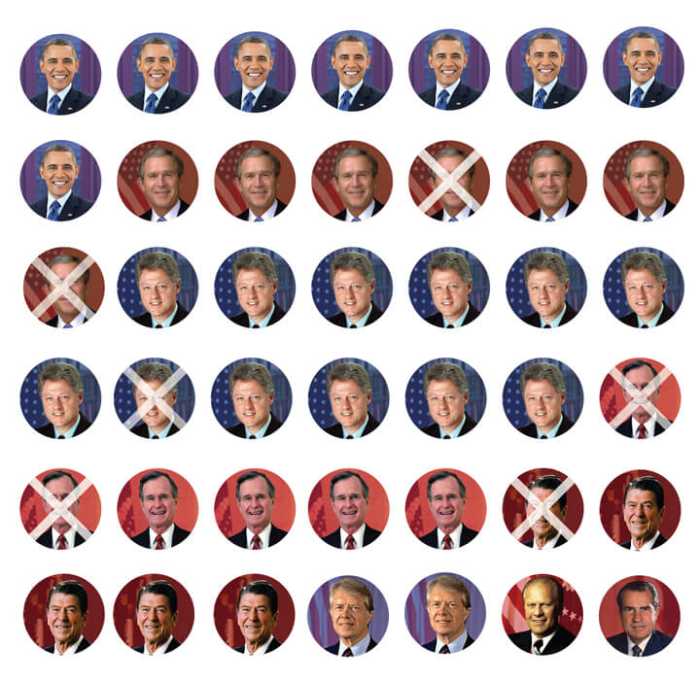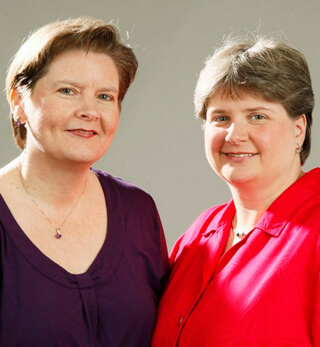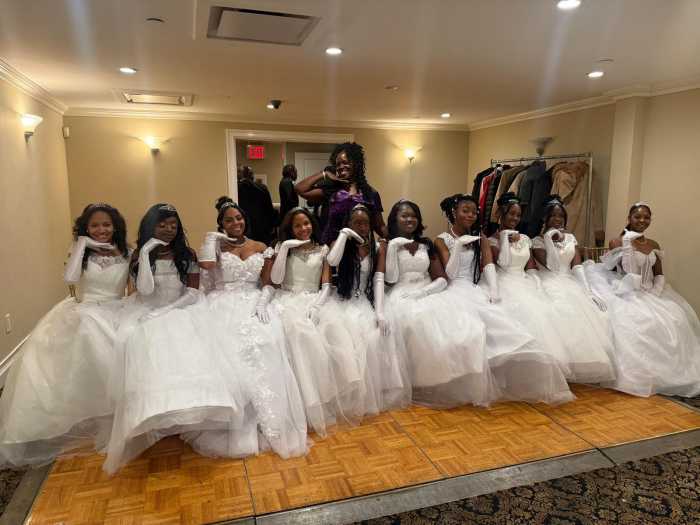Lambda Legal’s suit on behalf of eight same-sex couples in Nevada seeking the right to marry or to have their existing marriages recognized there suffered a setback on November 26, when US District Judge Robert C. Jones concluded the state had a rational basis for maintaining a distinction between domestic partnerships and marriage. Lambda promptly announced it would file an appeal with the Ninth Circuit Court of Appeals.
The lawsuit is one of several across the nation seeking a declaration that a state that has adopted domestic partnerships or civil unions for same-sex couples has failed to meet the 14th Amendment requirement of equal protection of the laws by not going the next step to allow them to marry. A similar lawsuit in Hawaii was rejected by a trial court earlier this year, and lawsuits are pending in Illinois raising the same challenge. All three states have civil union-type laws that provide same-sex couples with essentially identical state law rights as legally married couples, but not the title of marriage.
Jones’ ruling was the first on this issue to take place since voters in Maryland, Maine, and Washington State supported the right of same-sex couples to marry in November ballot questions, at which time Minnesotans rejected an anti-marriage constitutional amendment. Jones found that these electoral victories actually undermined the plaintiffs’ legal claims, since they detracted from the argument that the political powerlessness of same-sex couples entitled them to have laws treating them differently subjected to “heightened scrutiny” by courts.
Rejecting the argument that statutory and constitutional provisions in Nevada barring marriage by same-sex couples amounted to gender discrimination, Jones — a graduate of Brigham Young University and UCLA Law School appointed to the district court in Nevada by President George W. Bush — took up the question of whether sexual orientation discrimination should be subjected to heightened scrutiny or to less demanding “rational basis” review, under which the burden of proving a law has no valid basis falls on the plaintiffs.
As many federal circuit and district courts have done — indeed, as the Ninth Circuit did itself in a 1990 case that Jones cited as binding circuit precedent — he misconstrued the Supreme Court’s equal protection methodology by quoting the 1990 decision’s assertion that in order to merit heightened scrutiny, the plaintiffs would have to demonstrate that gays “1) have suffered a history of discrimination, 2) exhibit obvious, immutable, or distinguishing characteristics that define them as a discrete group, and 3) show that they are a minority or politically powerless, or alternatively show that the statutory classification at issue burdens a fundamental right.”
Careful review of Supreme Court cases involving the question of judicial review, however, shows that it never insisted that all three items on the list must be present in order for heightened scrutiny to apply. If it did, there would be no heightened scrutiny of sex-based classifications in law, and even strict scrutiny of racial classifications would be imperiled.
According to Jones, “homosexuals have indeed suffered a history of discrimination, but it is indisputable that public acceptance and legal protection from discrimination has increased enormously for homosexuals.” Since past discrimination is not inherited, as it is with race, “any such disabilities with respect to homosexuals have been largely erased since 1990.”
And despite changing public and scientific opinion, Jones accepted the 1990 conclusion of the Ninth Circuit that sexual orientation is not an “immutable characteristic.”
Finally, despite 32 consecutive state ballot defeats on the question of marriage equality, Jones cited the four victories on November 6 — coming on top of the Nevada gay community’s success in ending its anti-sodomy statute and in enacting comprehensive domestic partnership rights — as evidence that gays are no longer politically powerless. “Plaintiffs’ democratic loss on a particular issue does not prove that they lack political power for the purposes of an equal protection analysis,” he wrote.
Jones confronted head on the New York-based Second Circuit’s recent ruling on Edie Windsor’s challenge to the federal Defense of Marriage Act (DOMA), which found that sexual orientation discrimination should be treated for equal protection purposes like sex. He pointed out that women had long been deprived of the vote, excluded from juries, and denied the basic right of property ownership. The only “homosexuals” historically subjected to such deprivations, he asserted, were those convicted under sodomy laws, undoubtedly a “miniscule” proportion of all gay people. When the Supreme Court embraced heightened scrutiny for sex discrimination cases in 1973, he argued, “continued discrimination against women… was largely due to the high visibility of the sex characteristic, a visibility that the characteristic of homosexuality does not have to nearly the same extent as gender.” In other words, the closet preserves privilege for those who can “pass” as non-gay, and this makes a critical difference for Jones.
Having determined that this was a rational basis case, Jones readily concluded that the state’s interest in preserving the traditional definition of marriage was sufficient. He cited Justice Sandra Day O’Connor’s statement to that effect in her concurrence with the majority opinion in the 2003 ruling that struck down the nation’s sodomy laws, and imputed much the same meaning to Justice Anthony Kennedy’s finding in the majority opinion that settling the question of sodomy did not require the high court to address whether the state had to “recognize” same-sex relationships.
“Although traditional moral disapproval is not alone a valid state interest for prohibiting private, consensual activity,” Jones wrote, noting the majority opinion in the sodomy case, “civil marriage is at least partially a public activity, and preventing ‘abuse of an institution the law protects” is a valid state interest.” He did not spell out what that abuse might be.
The difference between the domestic partnership rights open to same-sex couples in Nevada and the status of civil marriage, Jones found, constituted “minor differences in civil rights and responsibilities that are not themselves fundamental rights.”
He also rejected the salience of the Ninth Circuit’s ruling earlier this year that Proposition 8 violates the 14th Amendment, since Nevada never allowed same-sex marriage, so this was not a case where the state was withdrawing an already recognized right from a particular group.
As judges elsewhere have done without offering any factual proof, Jones credited speculation that opening marriage to same-sex couples might cause heterosexuals to refrain from marrying, thereby adversely affecting any children they have. In fact, marriage by same-sex couples has existed in Massachusetts for more than eight years, and that state continues to have one of the highest marriage rates and lowest divorce rates in the nation.
Depending what the US Supreme Court does with the pending petitions for review in the Prop 8 and several DOMA cases, Jones’ ruling could become little more than an interesting footnote in legal history. On the other hand, if the Supreme Court decides to avoid answering the underlying 14th Amendment question concerning the right of same-sex couples to marry — which it could do by relying on other grounds — this decision, together with the earlier Hawaii ruling, would place the issue on the doorstep of the Ninth Circuit Court of Appeals.That court — though also shying away from the fundamental issue of whether same-sex couples have a right to marry — has signaled a disposition toward a more liberal constitutional analysis in both its Prop 8 decision and a recent Arizona domestic partnership benefits case.



































